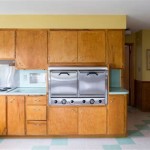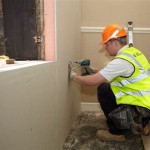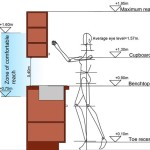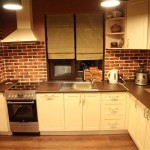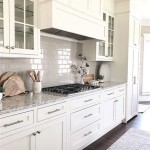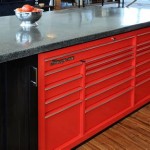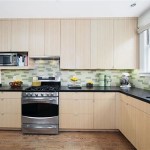Essential Aspects of Painting Old Kitchen Cabinets
Giving old kitchen cabinets a fresh coat of paint is an effective and budget-friendly way to rejuvenate your kitchen's appearance. However, achieving a professional-looking finish requires careful attention to various essential aspects. This article will explore the key steps involved in painting old kitchen cabinets, ensuring a successful and long-lasting transformation.
Preparation
Remove Hardware and Clean Cabinets: Begin by removing all hardware, such as knobs, handles, and hinges. Thoroughly clean the cabinet surfaces using a degreaser to remove dirt, grease, and other contaminants that may affect paint adhesion.
Sanding and Filling: Lightly sand the cabinet surfaces using fine-grit sandpaper to remove any imperfections. Fill any holes or dents with wood filler and allow it to dry. Once dry, sand the filled areas smooth.
Painting
Primer Application: Apply a coat of high-quality primer to the cabinets using a paintbrush or roller. Primer helps to create a smooth surface, promotes paint adhesion, and prevents stains from bleeding through the paint.
Apply Paint: Once the primer has dried, apply two coats of your desired paint color. Allow ample drying time between coats for best results.
Use Proper Tools: Utilize high-quality paintbrushes and rollers to ensure a smooth and even application of paint. Choose brushes with synthetic bristles for latex paints and natural bristles for oil-based paints.
Finishing
Sanding Between Coats: After the first coat of paint has dried, lightly sand the surfaces with fine-grit sandpaper. This helps to remove any brushstrokes or imperfections and creates a smooth base for subsequent coats.
Reinstall Hardware: Once the paint has fully dried, reinstall the hardware. Tighten all screws securely to prevent any loose or rattling hardware.
Additional Tips
Test Paint Color: Before painting the entire kitchen, test your paint color on a small, inconspicuous area to ensure you're satisfied with the hue.
Use Lighting: Ensure adequate lighting in your workspace to clearly see any imperfections or missed spots while painting.
Allow Ample Drying Time: Patience is key when painting cabinets. Allow each coat to dry thoroughly before applying the next to prevent peeling or chipping.
By following these essential steps and considering the tips provided, you can successfully paint your old kitchen cabinets and give them a refreshed and updated look. With careful preparation, proper painting techniques, and attention to detail, you can achieve a professional-looking finish that will enhance the beauty and functionality of your kitchen.

How To Paint Kitchen Cabinets A Step By Guide Confessions Of Serial Do It Yourselfer

Step By How To Paint Kitchen Cabinets Like A Pro And On Budget The American Patriette

Painting Kitchen Cabinets Best Tips For A Factory Smooth Finish In My Own Style

Avoid These Mistakes How To Paint Cabinets That Are Already Painted Grace In My Space

Step By Kitchen Cabinet Painting With Annie Sloan Chalk Paint Jeanne Oliver

How To Paint Kitchen Cabinets In 7 Simple Steps

How To Paint Kitchen Cabinets Without Sanding Or Priming

The Right Way To Paint Your Kitchen Cabinets And Save Factory Finish Guaranteed Emily Henderson
How To Update Your Kitchen Cabinets Without Replacing Them Real Estate U S News

Diy Painting Your Kitchen Cabinets The Right Way
Related Posts


